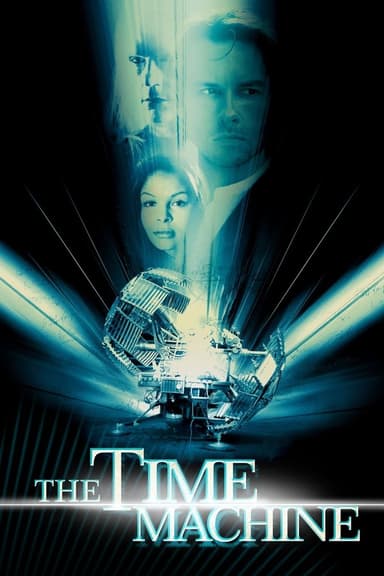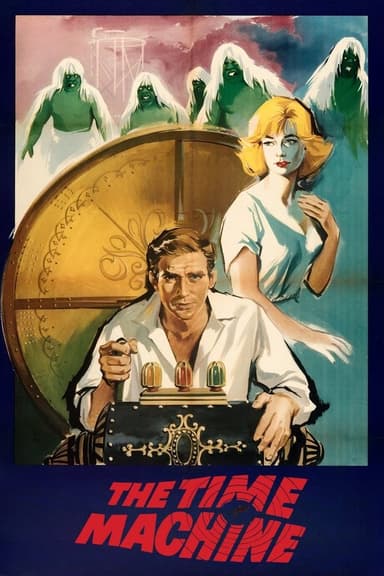
The Invisible Man
1933 • Horror, Science Fiction • NR
After experimenting on himself and becoming invisible, scientist Jack Griffin, now aggressive due to the drug's effects, seeks a way to reverse the experiment at any cost.
Runtime: 1h 11m
Why you should read the novel
Before Universal Pictures’ 1933 The Invisible Man thrilled audiences, H. G. Wells wrote the definitive story. Reading the novel delivers the author’s original vision—sharp psychology, inventive science, and biting social satire—unfiltered and more nuanced than any adaptation.
On the page, Griffin’s experiments, frustrations, and ruthless choices unfold with chilling clarity. Wells details the mechanics of invisibility, probes the ethics of discovery, and shows how isolation warps ambition. The result is tense, fast-paced, and thought-provoking science fiction that still feels fresh.
If you love classic horror and sci‑fi, start where it all began: read H. G. Wells’ The Invisible Man. This essential, accessible novel deepens the movie, sparks discussion for book clubs and classrooms, and rewards every rewatch of the film with richer context.
Adaptation differences
Cause of madness and characterization: In the 1933 movie, Griffin’s instability is blamed on a chemical called Monocaine that drives him homicidal. In H. G. Wells’ novel, the process itself doesn’t induce insanity—Griffin is already amoral, and isolation plus power intensify his cruelty.
Characters and relationships: The film adds Flora Cranley and her father to create a romantic subplot and sympathetic motives absent from the book. Kemp exists in both versions, but outcomes diverge—on screen, Griffin murders him; in the novel, Kemp survives Griffin’s vendetta and helps bring him down.
Plot scale and tone: Universal’s adaptation blends gallows humor with big set pieces—police dragnets, audacious escapes, a derailed train, and multiple on-screen killings. Wells’ novel is leaner and bleaker, emphasizing burglaries, intimidation, and a threatened “Reign of Terror” that never reaches the movie’s body count.
Science, setting, and themes: The film modernizes the timeline to the 1930s and simplifies the transformation into a named drug. The novel’s late‑Victorian setting and optical theory offer richer worldbuilding, highlighting social critique, alienation, and the peril of unchecked scientific ambition over pure shock and spectacle.
The Invisible Man inspired from
The Invisible Man
by H. G. Wells














